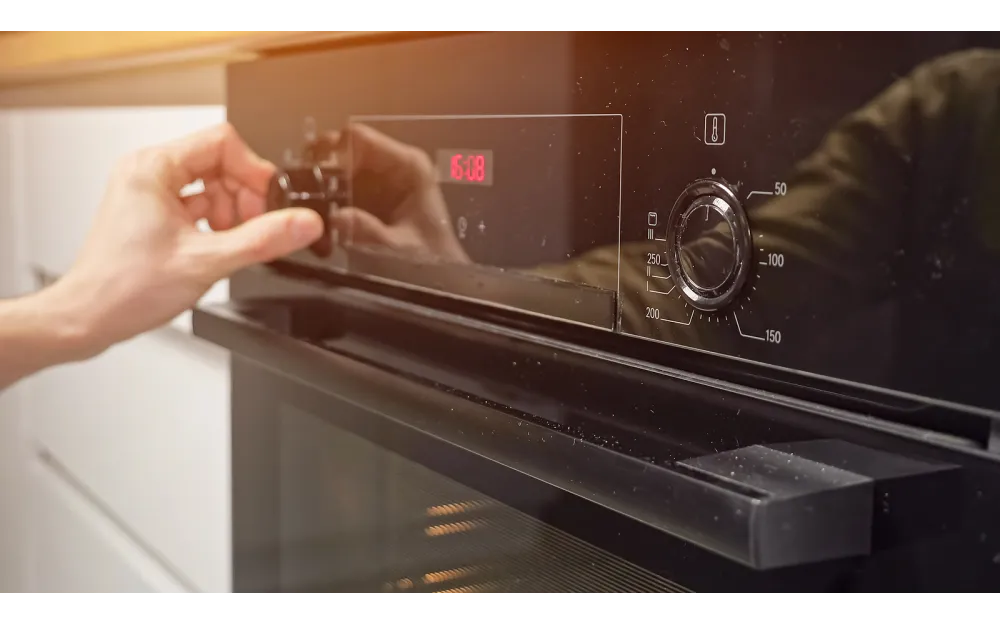
Macaron Recipe
It seems appropriate to start this off with our macaron shell recipe.
Our core macaron recipe has evolved over time. It’s changed because of where and how we were baking. In the old days we were baking the macs in a cold and damp kitchen in £300 ovens bought from Ebay. We had to have a recipe that was robust. Now we have posh clever ovens that bake consistently. Then – we had an oven that had a replacement thermostat knob from an old gas oven bought in a second hand shop.
The recipe has also improved with running the cook school classes. Teaching others to make them really helps to refine your technique and to see where things can go wrong.
Top Tips
If your macarons are going wrong.
- Go for a recipe that uses Italian meringue
- Bake them on silicone paper or a silicone mat
- Learn to use a piping bag
- Use powder or gel colourings
- Watch Youtube videos showing the final macaron consistency
- Come and let us teach you on a macaron class in our cookery school!
Ingredients for approximately 60 shells (30 macarons)
- 200g Ground Almonds
- 200g Icing Sugar
- 150g Egg White (divided into 2x75g quantities)
- 200g Caster Sugar
- 50g Water
- Colouring
Method
Combine icing sugar, ground almonds, first quantity of egg white and colouring and beat until well combined.
Place the second quantity of egg white in the bowl of a free standing mixer or bowl resting on a damp cloth to hold it securely.
Mix the caster sugar and water together in a small pan. The volume of the sugar and water combined needs to fill the pan at least a 1/4 full. If the pan is too large the temperature of the syrup will rise too quickly. The syrup is heated up to 117 C and this requires a good depth of syrup for a thermometer to accurately measure.
If you don’t have a pan small enough double or triple the sugar and water quantities and heat in a larger pan. Only using ½ or a ⅓ of the final syrup.
As the temperature of the syrup gets close to 117C the egg whites should be whisked until a little frothy. Whilst continuing to whisk the sugar syrup should be poured on to the egg white. Continue to whisk by free standing or electric mixer until stiff peaks and still warm.
Preheat the oven to 150C
Add the ground almonds, icing sugar, egg white and colouring mix into the Italian meringue. Beat together slowly for 20 seconds then scrape down the sides of the bowl with a spatula and beat again for a further 10-20 seconds.
The consistency of the mix at this stage is the most important factor in successful macaron shell baking. The batter needs to flow smoothly and when dropped back into the bowl spread and form a flat even surface.
Transfer the batter into a piping bag with a 1cm plain round nozzle fitted. Pipe small rounds of batter on to a baking sheet lined with silicon baking parchment. Using a template underneath the baking sheet will help produce a consistent sized macaron.

A reusable template can be made by drawing 40mm diameter circles approximately 30mm apart on a baking sheet.
Hold the nozzle 1cm above the surface of the silicon paper. Pipe the batter out until it almost fills the circular template. It will continue to flow outwards until after you’ve finished piping. The tip of the nozzle should be swirled off moving it around the edge of the piped shell, this will help the batter to flow into an even flat surface.
If the batter is under mixed tap the tray of piped macaron shells at this stage will help the batter spread and give an even flat surface.
Most macaron recipes will recommend that the piped shells are left for a period of time to allow a skin to form before baking. This is a rather inconsistent method as how well a skin forms is dependent on the temperature and humidity of the kitchen. A much better technique is to place the trays immediately in the pre-heated oven at 150C but reduce the temperature to 0 C and bake for 11 minutes. After that turn the heat back up to 135C for 13 minutes. The macarons are baked when they have a smooth dry top and have firmed up. They don’t need to be completely dry and stiff before removing from the oven as they will continue to cook for a few minutes after they have been removed.
Remove the baking tray from the oven and remove the baking parchment and macarons allowing the shells to cool on the work surface. This is important as if left on the baking tray the residual heat in the trays will over cook the shells.

Peel the shells from the parchment and pair up.



 Macarons and More Launches New Website
Macarons and More Launches New Website
